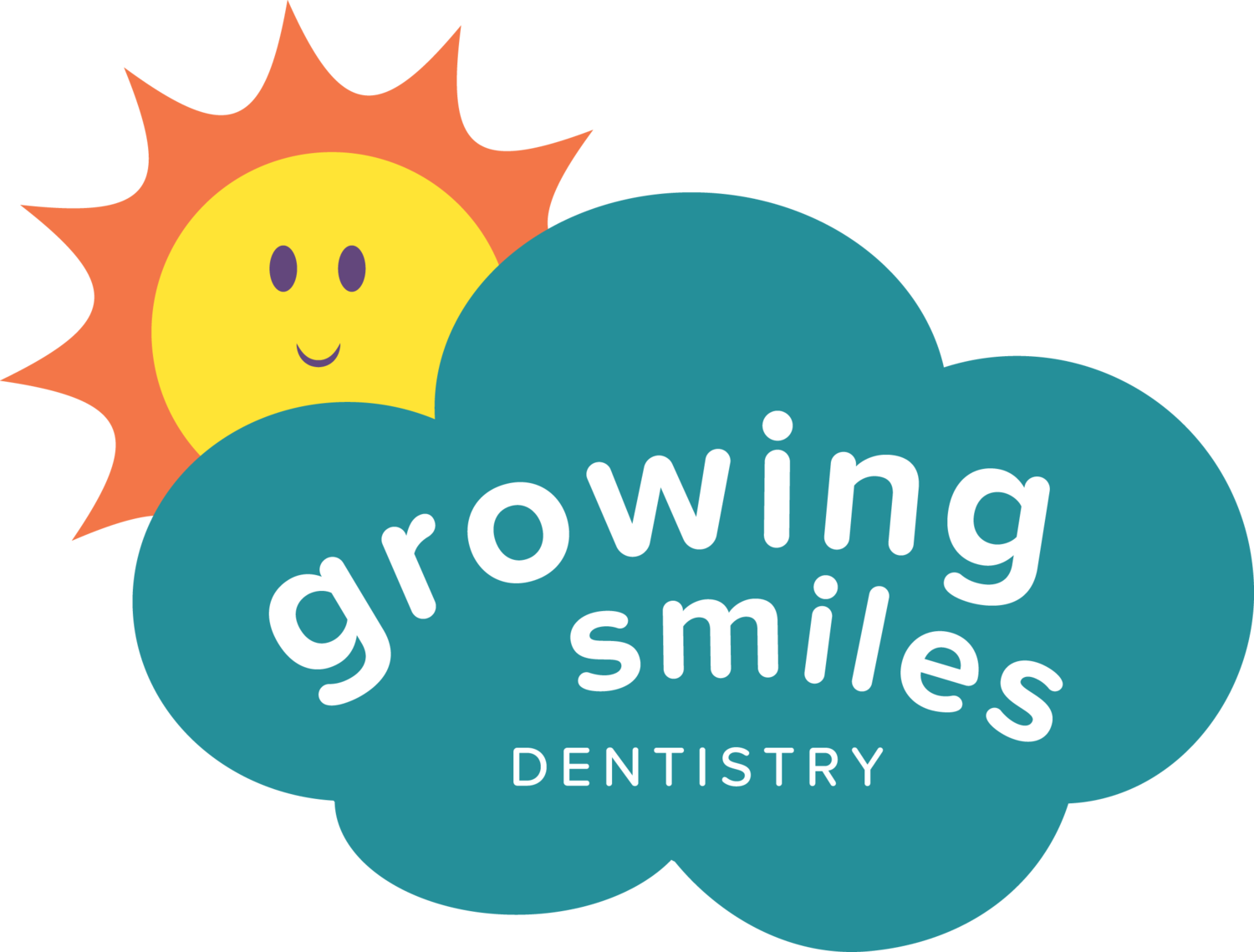Restorative Dental Services
Dr. Heckert provides restorative services using a combination of numbing, sedation and behavior management. We want to ensure that your child is comfortable during the duration of the procedure. It is important not to using any anxiety causing language with your child before or during their appointment. Our staff is trained to explain the procedure in a way that is understood but not scary. We want to provide an environment that we can create healthy smiles with out tears and avoid any dental anxiety.
Crowns
A dental crown is a tooth-shaped "cap" that is placed over a tooth restoring its size, shape, and strength. The crowns, when fully cemented in place, encase the entire visible portion of a tooth and extend a small part under the gum line.
Why does my child need a crown?
When a tooth has excessive decay on many surfaces or a deep cavity, a crown may become necessary. If large portions of the tooth structure must be removed to clean out decay, the tooth will not be strong enough to support a filling. A crown is used in these cases and will be more durable and should last until the primary tooth falls out. Crowns used on primary teeth are usually stainless steel.
Soft Tissue Laser Dentistry
Dr. Heckert uses the Laser to preform frenectomies and to remove excess gum tissue. The benefits of using a laser for these procedures is:
- Reduced risk of infection
- Faster healing
- Less bleeding
- Less post-operative pain
Space Maintainer
Space maintainers are appliances made of metal or plastic that are custom fit to your child's mouth. They are small and unobtrusive in appearance. Most children adjust to them easily after a few days.
Space maintainers hold open an empty space after a tooth is prematurely lost. They steady remaining teeth, preventing movement until the permanent tooth erupts. It is much easier on the child to maintain an empty space then to go back after tooth has erupted and move it back with orthodontic treatment.
If a primary tooth is lost too soon the teeth next to it may tilt or move into the empty space. This creates a lack of room for permanent teeth to come in. The result will be crowded and/or crooked teeth requiring extensive orthodontics.
Fillings
Fillings are placed to restore a tooth after damage from decay. Dr. Heckert will first remove all the decayed material and clean the area. He will then place a filling material and shape it to the original form.
Are fillings necessary on baby teeth?
Yes! Tooth decay is an infection-allow it to continue and your child may require more serious treatment in addition to a filling. Baby teeth will fall out, but it's important to give them the dental care they need while still in place. This includes fillings. Filling a cavity will prevent the spread of infection, keep a healthy pathway for the adult tooth, and ensure normal speech and proper chewing for the child. Diagnosis and treatment of a cavity quickly will help you avoid potential pain for your child.
What is the difference between amalgam (sliver) fillings and composite (white) fillings?
Amalgam is the traditional, time tested restorative material that dentists have used for the past 150 years. Although there has been a debate about the safety of amalgam the ADA states that amalgam is safe to use in both children and adults. In a study by the Journal of the American Medical Association on dental amalgam and composite, they found no difference between children treated with dental amalgam or white composite resin fillings. The advantages to amalgam are that it can last for years and they are less expensive than composite fillings.
Composite is a mixture of powered glass and plastic resin. The advantages of composite are the esthetics (match your child's tooth), less tooth structure needs to be removed for filling, and less chance of your child's tooth fracturing because the filling is bonded to your child's tooth making it stronger. Composite fillings are more expensive and more labor intensive to put in your child's mouth. They will cost more than amalgam and may require a higher co-pay from your insurance.
PLEASE DON'T HESITATE TO CALL US IF YOU HAVE ANY QUESTIONS REGARDING A SPECIFIC DENTAL PROCEDURE OR CONDITION.



